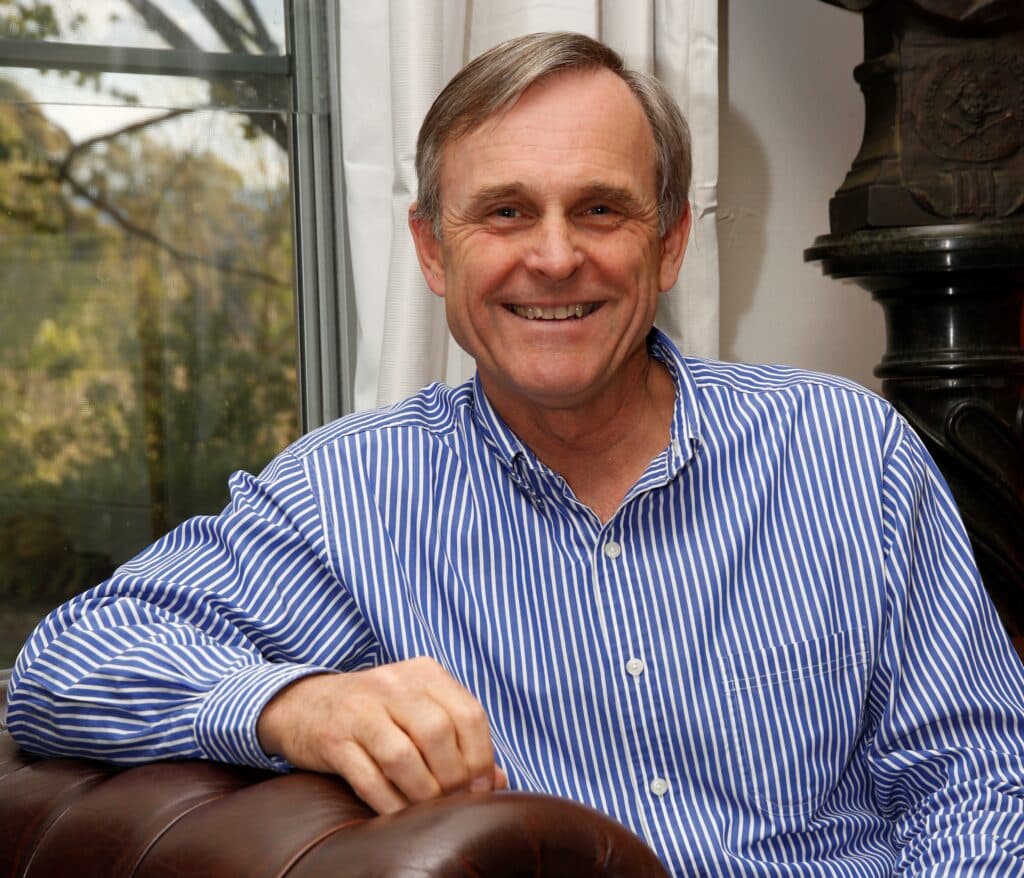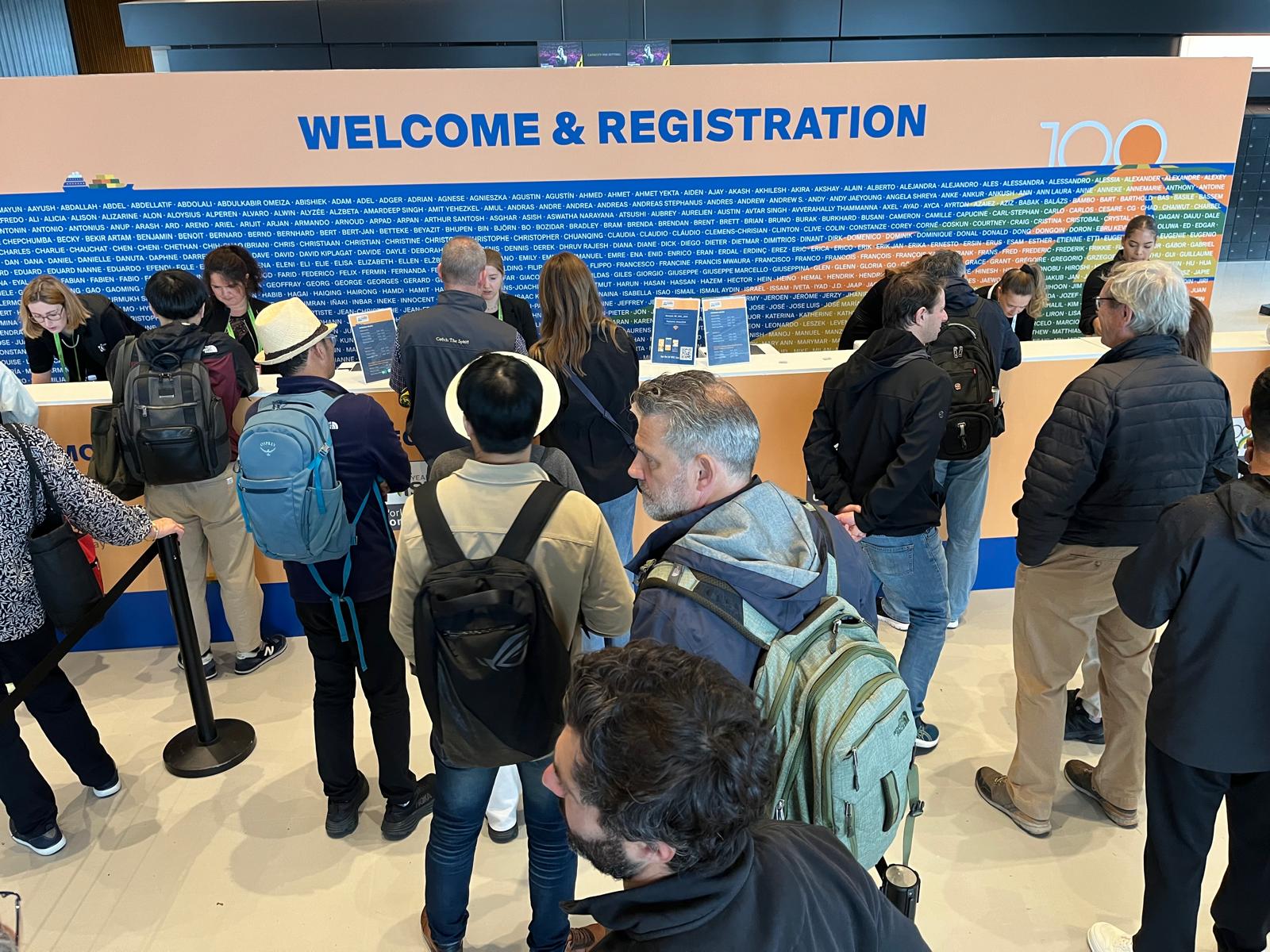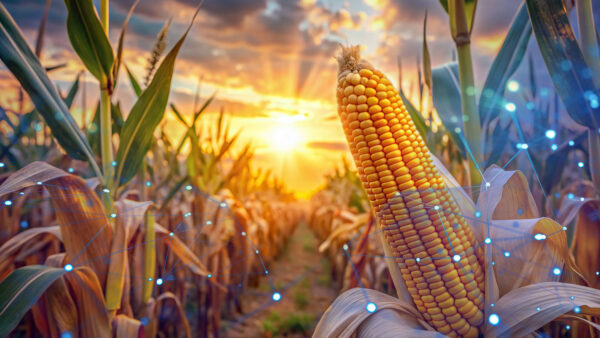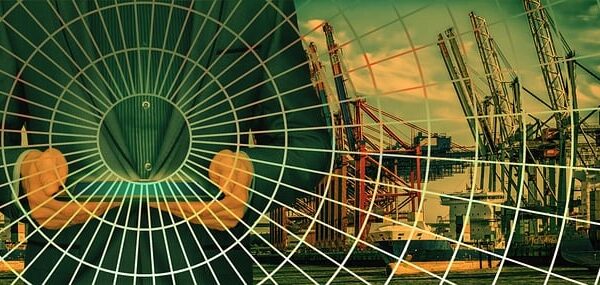After more than two years of reflection, the International Seed Federation made some changes.
Nothing can stay static for very long. Take a look at what we all work with: seeds. As soon as you put them in the ground, they begin to change and grow — sprouting roots, a stem, leaves and finally, the crop you’ve been waiting for.
The same thing is true of associations: growth and change are a necessary part of doing business, and the International Seed Federation (ISF) is no different.
After more than two years of reflection, and most of it while being stuck in a virtual world due to COVID-19, the association has concluded important changes in its structure.

“We are working as an association in a constantly evolving environment,” says Michael Keller, secretary general of ISF. “When you’re working in such an evolving environment, you get an increased understanding of the role that seed has in our world.”
Keller says now more than ever with the war in Ukraine, getting the message out that seed is life is imperative.
“Our job is to give our members the best support and give them the license to operate and freedom to operate,” he says. “We’re not saying what we’ve done in the past is not good — but we felt a need to set up a new structure that allows us to meet new demands and drive our association in a more efficient way.”
The new structure, Keller says, should give ISF a better foundation to reach their new key strategic objectives by 2025.
“Change is always concerning and unsettling,” says Donald Coles, president of ISF. “I give great credit to our members for appreciating its importance and supporting us in its implementation.”
Structure Allows for Better Messaging
When it comes to leadership during a pandemic, while it might have been just as productive, Coles says the year was nothing less than frustrating.
“There’s no replacement for personal interaction. Despite this frustration, I don’t think ISF has ever achieved more positive change or dealt with such challenging issues,” Coles says.
The three biggest issues Coles has seen over his presidency that he highlights is:
- Major changes to the structure and operation of ISF
- The UN Food Systems Summit
- Surviving two financial years without an in-person World Seed Congress
Particularly, while he expected the structural changes to be the most difficult challenge, it was an effort that went rather smoothly.
“I expected much more concern from members regarding the structural change, but to my surprise, very few issues were raised with me,” he says. “Most were either addressed by a change or more detailed explanation.”
Keller says the biggest change when it comes to the new ISF structure is the broader participation of experts at different levels of the ISF workflow as well as the ability to showcase the diversity of members within the association.

“We needed the best brains within the seed sector to work together on the topics that are critical to our sector, and which are outlined in our key strategic objectives,” Keller says. “Within that workflow, we also needed a representative body where you could find the diversity of members — from traders, producers, breeders and seed sellers.”
The new board of directors of ISF reflects this diversity. Twenty-five new members were approved by the general assembly, and those 25 members come from around the world and represent both geographic diversity and crop diversity.
“This body has a vital role in the future work of ISF,” Keller says. “We speak in the name of one, unified seed sector. We need one body who is defining our position and allows us as ISF to speak in the name of everyone.”
Coles says this new structure is immensely important as the seed sector works on its message to new stakeholders in the value chain.
“The seed sector is not properly recognized for the critical role we play in maintaining the food chain,” he says.
While attending as a member of the CEO consultation group for the UN Food Systems Summit, Coles notes that while many CEOs of global companies were involved, very few mentioned the critical role seed plays.
“Our new structure must work towards telling our story in a much more robust and confident way,” he says.
ISF believes this new structure will help better structure messages and cooperation for the future.
WHERE ON THE WEB: Want to review what ISF’s key strategic objectives are? Reread our overview on them at seedworld.com/learn-from-the-past-and-prepare-for-a-strategic-tomorrow.
Read More:
ISF Supports Securing Seed Trade Across the Globe
ISF Seeks: Every Country and Every Crop in the Seed Industry
ISF Announces New Event to Encourage Next Generation of Leaders












